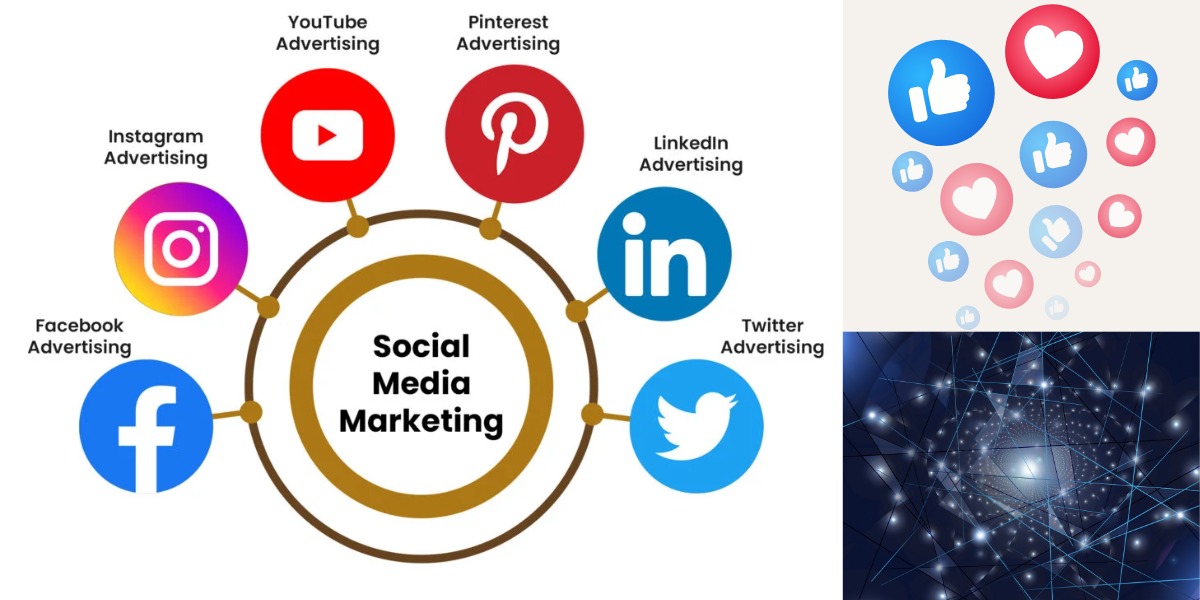Creating a collaborative and efficient team doesn’t happen by accident—it takes intention, empathy, and strategy. Whether you’re leading a startup, managing a remote crew, or building synergy within a content creation squad, effective team building is your cornerstone.
The top 5 Strategies for Effective Team Building mean actively creating the conditions where trust, clarity, and camaraderie thrive.
Foster Open Communication
Open communication is the pulse of any successful team. When team members feel heard, respected, and valued, it cultivates trust and confidence within the group. Establish regular check-ins, whether via video calls, in-person huddles, or asynchronous channels like Slack. Encourage team members to share their ideas, raise concerns, and celebrate small wins.
Top 5 Strategies for Effective Team Building include embracing transparency and removing silos to ensure ideas flow freely.
Leaders should model active listening and give constructive feedback without bias. When communication is fluid, it unlocks creativity and prevents misunderstandings.
In the realm of blogging and content strategy, for example, open dialogue about deadlines, SEO goals, and creative input ensures everyone is aligned. You’ll find the quality of output improves when your team speaks freely and honestly.
Define Clear Roles and Responsibilities
Ambiguity breeds inefficiency. Clearly defining what each member is accountable for is essential for avoiding overlap and confusion. Having crisp role descriptions allows team members to focus on what they do best.
Top 5 Strategies for Effective Team Building encourages clarity so that tasks are well-distributed and everyone thrives in their zone of genius.
Consider drafting a shared responsibility matrix. Assign tasks like research, content creation, editing, and scheduling with precision, especially in content-heavy environments like blogging and social media teams.
This not only streamlines workflow but fosters autonomy. When everyone knows their lane, they’re more likely to take ownership and push their limits. Plus, it enables leaders to spot gaps and redistribute workloads effectively.
Clear expectations also prevent burnout—because let’s be honest, when one person ends up wearing five hats, morale can sink fast.
Build a Culture of Recognition
Recognition isn’t a “nice-to-have,” it’s a necessity. One of the most underrated team-building strategies is simply celebrating wins, both big and small. A thank-you note, a shout-out on the team channel, or monthly MVP awards can transform team dynamics.
The top 5 Strategies for Effective Team Building embrace celebration and appreciation as tools for boosting morale and motivation.
Psychologically, recognition fulfills the need for appreciation. It boosts motivation, loyalty, and performance. Teams that celebrate each other tend to be more emotionally resilient and better at handling stress or setbacks.
In creative industries like yours, Syed, where people pour their hearts into crafting engaging content and visuals, acknowledgment can be the fuel that keeps the engine running. Celebrate everything—from a well-performing reel to hitting a blog milestone.
You can even gamify it with point-based rewards or spotlight a “creative of the month”—anything that shows your crew their work matters.
Encourage Collaboration Over Competition
Healthy competition can spark innovation, but excessive rivalry undermines unity. Nurturing collaboration empowers people to co-create, solve problems together, and generate better outcomes than any solo sprint.
Top 5 Strategies for Effective Team Building highlights the value of synergy over ego—and shows how teams thrive through mutual support.
Use brainstorming sessions to let different strengths surface. A blog writer might team up with a visual designer for a powerful post-and-graphic combo. A strategist might work hand-in-hand with a social media manager to launch a campaign that really lands.
Collaboration cultivates mutual respect. It makes people feel like they’re part of something bigger than themselves. It also flattens hierarchy—when everyone has skin in the game, ego takes a backseat and innovation rides shotgun.
Tools like Trello, Notion, or Google Workspace can facilitate this synergy—just be sure to balance autonomy with team overlap. You want shared goals, not duplicated effort.
Invest in Growth and Learning
Last but not least, the final pillar of team building success lies in continuous development. Provide opportunities for upskilling through workshops, webinars, and knowledge-sharing. Growth fuels engagement.
The top 5 Strategies for Effective Team Building prioritize learning as a long-term investment in people, adaptability, and innovation.
Encourage learning across verticals—let your blog writer learn basic Canva skills, or your SEO analyst delve deeper into analytics. This cross-training not only boosts flexibility but also shows that you care about your team’s long-term success.
When people feel like they’re growing, they’re more engaged. In today’s rapidly evolving landscape, where everything from content marketing to agricultural technology is changing, staying informed is non-negotiable.
Personal development plans, learning budgets, or mentorship programs can go a long way. Teams who learn together grow together—and that’s where true cohesion lives.
Conclusion
Team building isn’t a one-off event—it’s an ongoing investment in people. These five strategies—fostering open communication, defining roles, celebrating wins, encouraging collaboration, and investing in growth—can transform your team from a group of individuals into a unified force.
Top 5 Strategies for Effective Team Building isn’t just about productivity—it’s about creating a culture that makes people want to show up, contribute, and stay for the long haul.




One thought on “Top 5 Strategies for Effective Team Building”